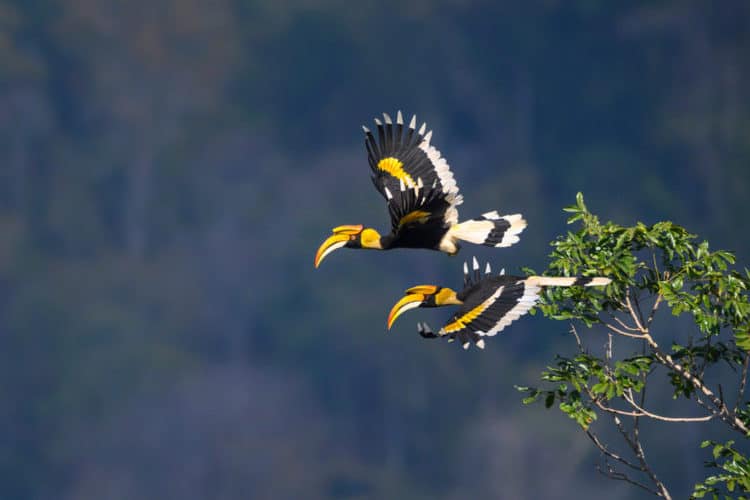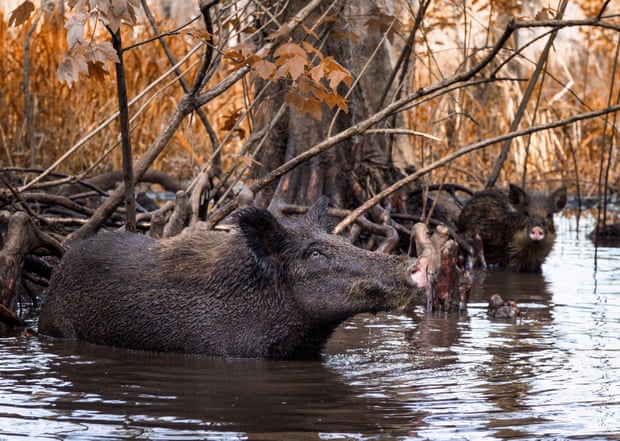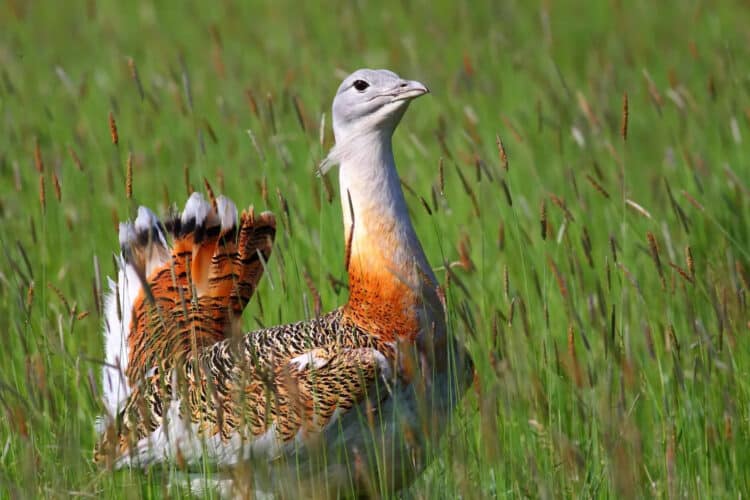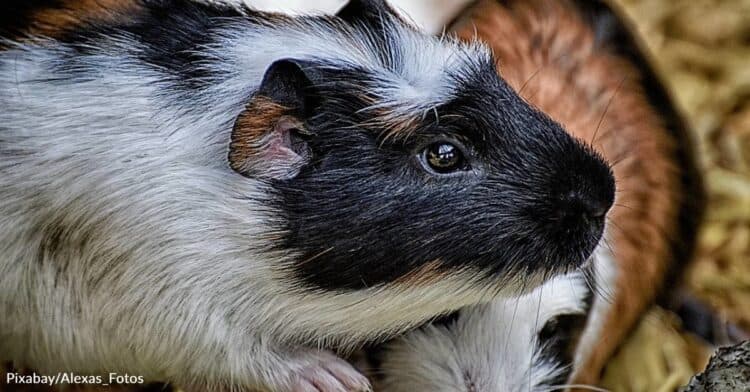The few remaining rainforests on Mauritius whisper with the memory of former residents, now ghosts.
This once-lush Indian Ocean island remained mostly uninhabited by humans until 1598, when it became a Dutch port of call. By the time the French government took over some 150 years later and imported slaves to start sugar plantations, the ecological damage was already irreparable. The dodo disappeared, and in the years since would become an icon for extinction. Meanwhile, as jungles fell and humans and domestic animals streamed in, tortoises, parrots, pigeons, fruit bats and giant lizards also dwindled and vanished.
Other losses on the island were harder to notice: trees and other plants that relied on those vanished animal species to spread their nuts and seeds. Changes in the plant kingdom are not easily perceived because “we’re just not seeing the trees within the forest,” says Tammy Mildenstein, a wildlife biologist at Iowa’s Cornell College. But the absence of flora also reverberates, further reducing fauna that rely on those plants for food and homes.
In some woodlands, jungles, marshes and grasslands, “vegetation is relatively lush, but you hear only silence,” says Evan Fricke, an ecologist at Rice University. It’s a condition sometimes called empty forest syndrome. “If it doesn’t have birds and mammals, what happens to those forests?” Fricke asks.
In a recent study, his team reported that seed-disbursing creatures have “steeply declined” globally. Their findings wave a red flag, highlighting growing concern about the ability of plant communities to reproduce and survive long-term in a changing climate, on altered landscapes, with diminished wildlife.
Lead Image: A pair of great hornbills. Hornbills — the so-called “farmers of the forest” in Africa and Asia — move more than 700 plant species up to 11 km (7 mi) in a day. Image by chamnan phanthong via Adobe Stock.
What you can do
Support ‘Fighting for Wildlife’ by donating as little as $1 – It only takes a minute. Thank you.
Fighting for Wildlife supports approved wildlife conservation organizations, which spend at least 80 percent of the money they raise on actual fieldwork, rather than administration and fundraising. When making a donation you can designate for which type of initiative it should be used – wildlife, oceans, forests or climate.







Leave a Reply